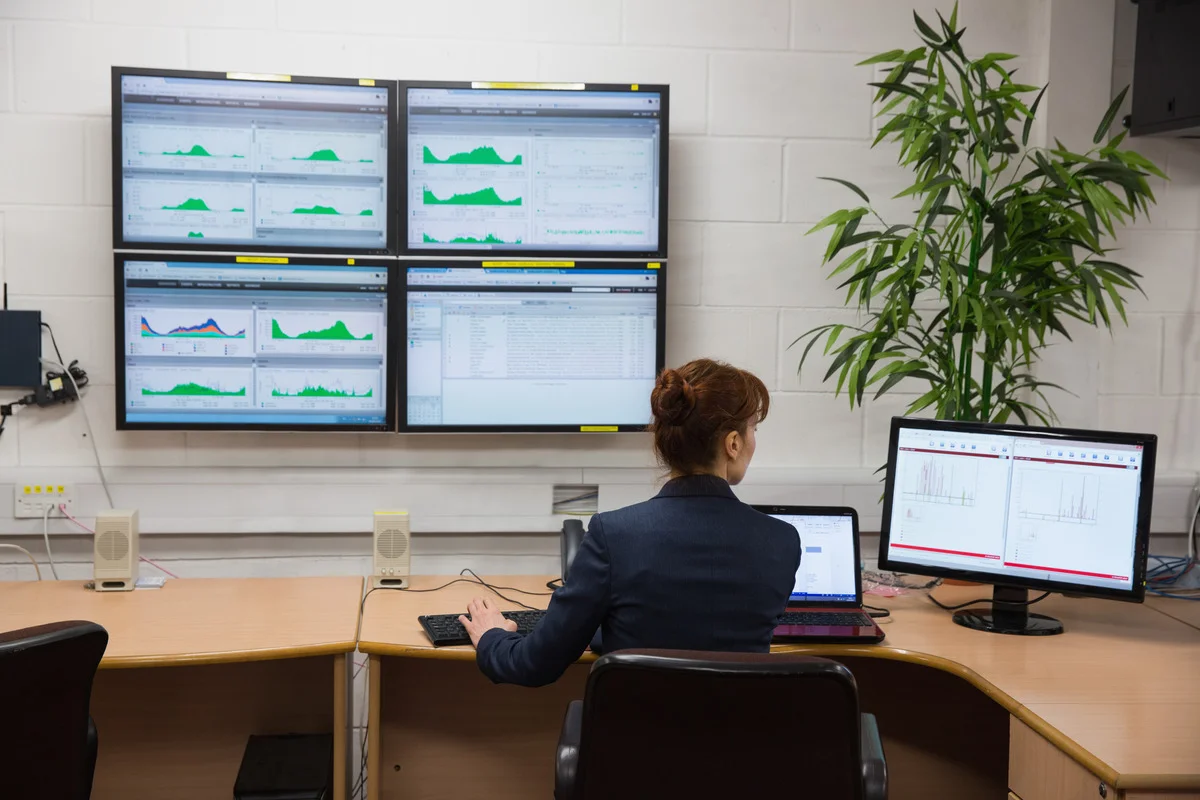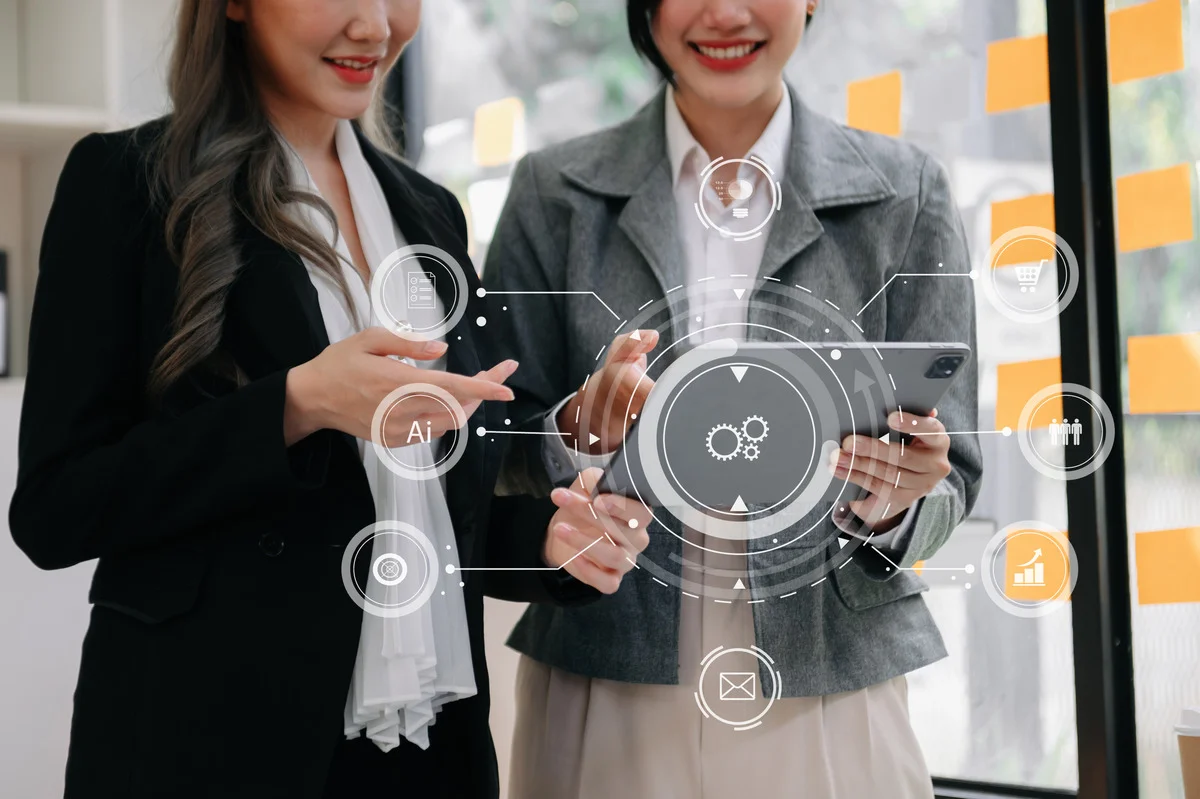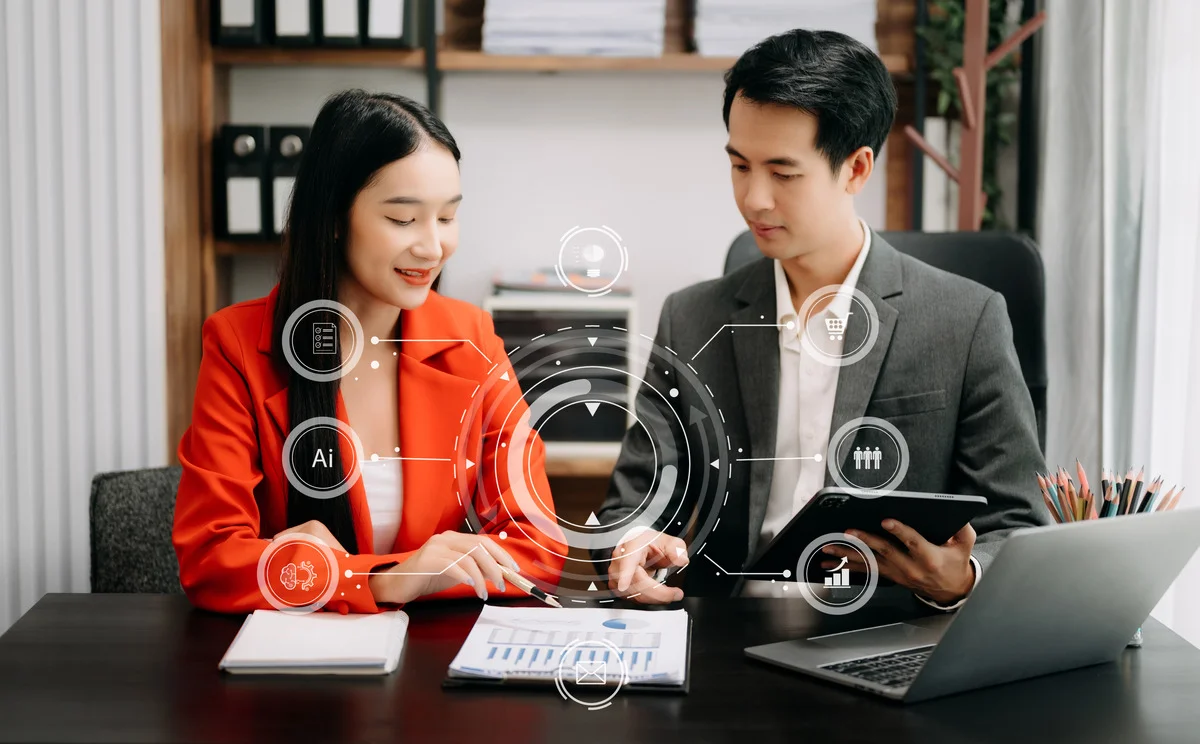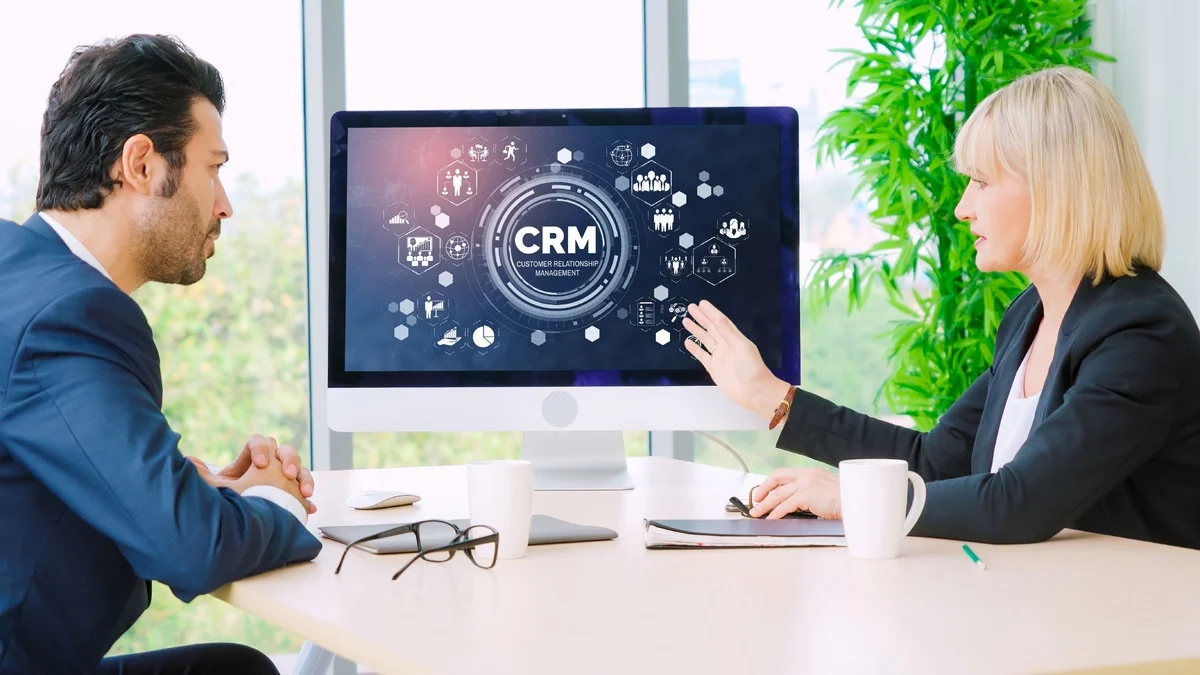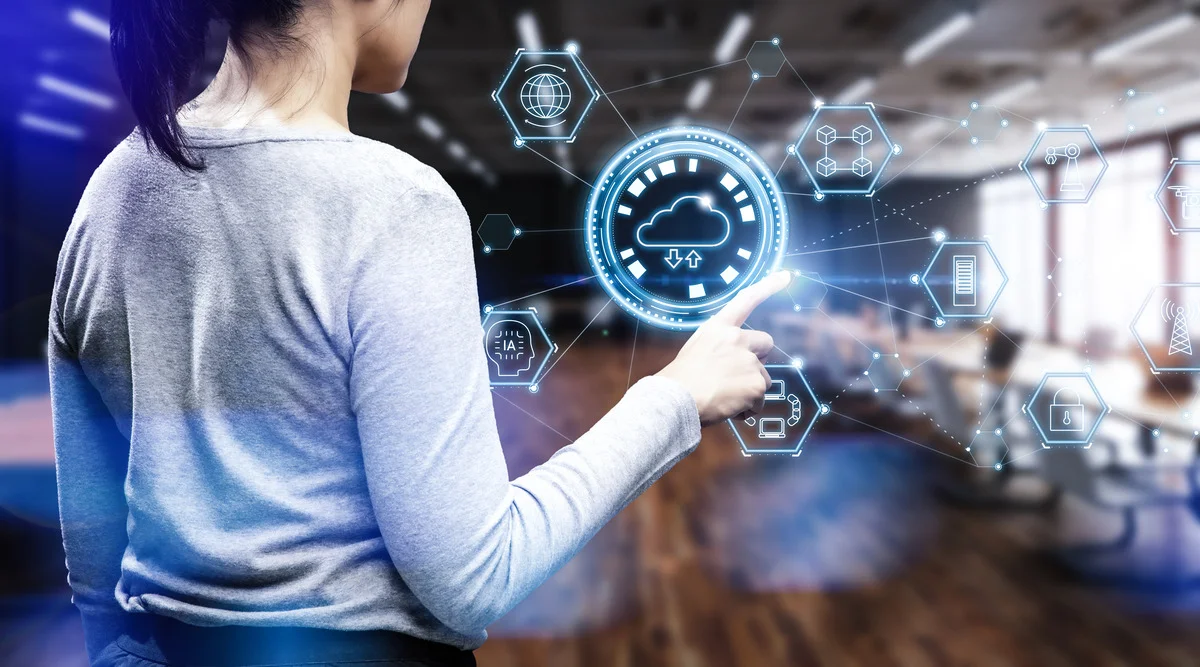Nexa Lab Blog – Remote Monitoring and Management (RMM) is a software-based solution that allows IT professionals to remotely monitor, manage, and maintain computer systems, networks, and other IT infrastructure. Driven by the changing needs and technological advancements in the IT industry, over the years, RMM solutions have undergone significant evolutions, becoming more robust, comprehensive, and user-friendly.
RMM software has grown in popularity among businesses due to the numerous benefits it provides, including increased efficiency, cost savings, and remote workforce support.
Now, let us look more closely at RMM software, including its definitions, features, how it works, and the benefits it provides.
Remote Monitoring and Management Software Defintions
Remote Monitoring and Management (RMM) is software used by IT departments and managed service providers to oversee and administer IT systems from a remote location. It’s often used in organisations with multiple locations, allowing a centrally located team to address IT concerns globally.
It simplifies the process of monitoring and maintaining IT infrastructure by allowing MSPs and IT department of a company to detect and rectify faults quickly and efficiently. RMM is particularly beneficial for small and medium-sized companies, as it can save costs and resources compared to traditional on-site IT support.
Remote monitoring involves monitoring IT systems, computers, and devices from a distance. This is achieved through software agents installed on customer devices, which communicate with a dashboard on the service provider’s side. The dashboard allows IT service providers or departments to access customer systems and devices, perform updates, monitor performance, and resolve issues remotely.
Key Features of Remote Monitoring and Management
The key functionalities of RMM systems are designed to address the various challenges faced by IT teams in managing and supporting a distributed workforce and infrastructure.
Here are some of the key functionalities of Remote Monitoring and Management (RMM), according to Business.com:
Endpoint Monitoring
RMM tools enable the continuous collection and transmission of data related to system performance, hardware status, and security posture. This data can trigger alerts so that IT administrators can take immediate action on issues that arise.
Automated Maintenance
IT administrators can automate the execution of routine tasks on endpoints through an RMM system. Tasks like software updates, data backups, and security patching can be initiated without human intervention, ensuring that systems remain up-to-date and secure.
Remote Access and Control
RMM tools often provide remote access capabilities, allowing IT administrators to take control of an endpoint from a remote location. This can be useful for troubleshooting or performing maintenance tasks.
Asset and Inventory Management
RMM solutions can help organisations keep track of their IT assets and inventory. This includes tracking hardware components, software installations, and their respective versions. For example, a company can use RMM tools to automatically backup customer data on a daily basis, ensuring that important information is always protected and accessible in case of emergency. Additionally, IT administrators can remotely install security patches and updates on employee devices to prevent vulnerabilities and mitigate potential cyber attacks.
Reporting and Documentation
RMM systems offer robust reporting and analytics features, enabling IT teams to generate detailed reports on system performance, resource utilization, and other key metrics, which can be used for trend analysis, capacity planning, and compliance purposes.
Patch Management
RMM systems automate the process of deploying software updates and security patches across multiple devices, ensuring that systems are up-to-date and protected against known vulnerabilities.
The Components of RMM
At the core of an RMM system are several key components that work together to provide a complete solution for managing an organization’s technology infrastructure. The components of Remote Monitoring and Management (RMM) include:
- Management Console: A centralized platform where technicians can access RMM functions, such as monitoring, managing, and controlling client systems remotely.
- Agents: Software components installed on client devices that communicate with the management console, allowing for remote monitoring and management of the devices.
- Alerts and Monitoring: Real-time notifications and monitoring of system health, performance, and security status, ensuring proactive issue resolution and minimizing downtime.
- Automation: Automation of routine tasks, such as updates, patches, and security measures, to maintain a robust security posture and ensure systems are up-to-date with the latest protocols.
- Reporting: Detailed reporting on system health, update compliance, and security status, providing valuable insights for IT decision-making and client demonstration of service value.
- Compliance Management: Assistance in adhering to regulatory standards, especially in industries with strict data security and privacy requirements.
- Remote Control: The ability to take remote control of a client’s system for troubleshooting and issue resolution, enhancing customer experience and minimizing downtime.
These components work together to enable MSPs and IT professionals to proactively monitor and manage client networks, computers, and systems, ensuring business operations run smoothly and efficiently while maintaining a robust security posture.
How RMM Works: A Step-by-Step Process
Step 1: Define Clear Implementation Goals:
Before you can determine how long it will take your organization to implement a new RMM tool, you must decide what will be the measure of implementation completion for your business and the project requirements. You should define success criteria based on business needs by identifying current gaps that are most severely impacting uptime and availability.
Step 2: Decide Your Deployment Strategy
Early in the RMM tool implementation process, you should understand how you will deploy the RMM agent to your devices, or in the case of an agent-less deployment, how you will update your devices to ensure they can communicate with the RMM enterprise¹.
Step 3: Install RMM Agents
RMM software relies on installing a small application known as an “agent” on your company’s connected devices. Once every device has an agent installed, the agents independently report health and status checks back to your company’s centralised dashboard.
Step 4: Monitor and Manage
The agents provide all relevant information about the machine’s status. If one of these agents encounters a problem during RMM monitoring of the IT infrastructure, it triggers an alert. The IT team monitors these alerts and then initiates the necessary steps to resolve the issue before customers even notice them.
Step 5: Automate Maintenance Tasks
IT administrators can automate the execution of routine tasks on endpoints through an RMM system. Tasks like software updates, data backups, and security patching can be initiated without human intervention, ensuring that systems remain up-to-date and secure.
Step 6: Generate Reports
RMM tools can generate reports detailing system performance, security incidents, and other important metrics. This can help organisations identify trends, plan for future capacity needs, and demonstrate compliance with various regulations.
Challenges in Remote Monitoring and Management
Implementing and managing a Remote Monitoring and Management (RMM) system can present several challenges for organisations. Understanding these challenges is crucial for IT teams to effectively deploy and utilise RMM solutions.
One of the key challenges in Remote Monitoring and Management is security concerns. Ensuring the secure transmission and storage of sensitive data collected by the RMM system is a critical priority. Protecting managed devices and the RMM platform itself from cyber threats, such as unauthorised access, malware, and data breaches, is also a top concern.
Another challenge is compatibility and integration. Ensuring seamless integration between the RMM system and the organization’s existing IT infrastructure, including various hardware and software components, can be a complex task. Maintaining compatibility as technology evolves and new devices or applications are introduced can be an ongoing challenge.
User adoption and training can also be a significant challenge. Successful RMM implementation requires effective user adoption and training, as IT teams and end-users must be comfortable with the RMM tools and processes. Overcoming resistance to change and ensuring that all stakeholders understand the benefits of RMM can be a significant hurdle.
Data management and privacy are also important considerations. Effectively managing the large volumes of data collected by the RMM system, including storage, analysis, and retention, can be a complex undertaking. Ensuring compliance with data privacy regulations and protecting sensitive information is a crucial concern.
Scalability and performance are additional challenges. As the number of managed devices and the complexity of the IT infrastructure grow, the RMM system must be able to scale seamlessly without compromising performance or reliability. Maintaining optimal system performance and responsiveness can be a challenge, especially in distributed or remote environments.
Finally, optimising the monitoring and alerting mechanisms of the RMM system can be a delicate balance. Configuring the system to provide meaningful and actionable alerts, without generating an overwhelming number of notifications, can be a significant challenge. Ensuring timely detection and response to critical issues is an ongoing concern.
Conclusion
As businesses continue to evolve and adapt to new technologies, RMM stands out as a vital tool for enhancing operational efficiency and ensuring continuous system performance. By understanding the key aspects and challenges of RMM, businesses can better leverage this technology to their advantage.
At Nexalab, we understand the importance of seamless integration in today’s fast-paced business environment.
That’s why we offer Nexalab App Fusion, combining the power of RMM Autotask by Datto with advanced CRM systems to create a streamlined workflow tailored to your business needs. This integration not only enhances operational efficiency but also improves customer relationships and service delivery. Contact us to learn more about how Nexalab’s App Fusion can transform your business operations and take your efficiency to the next level.
